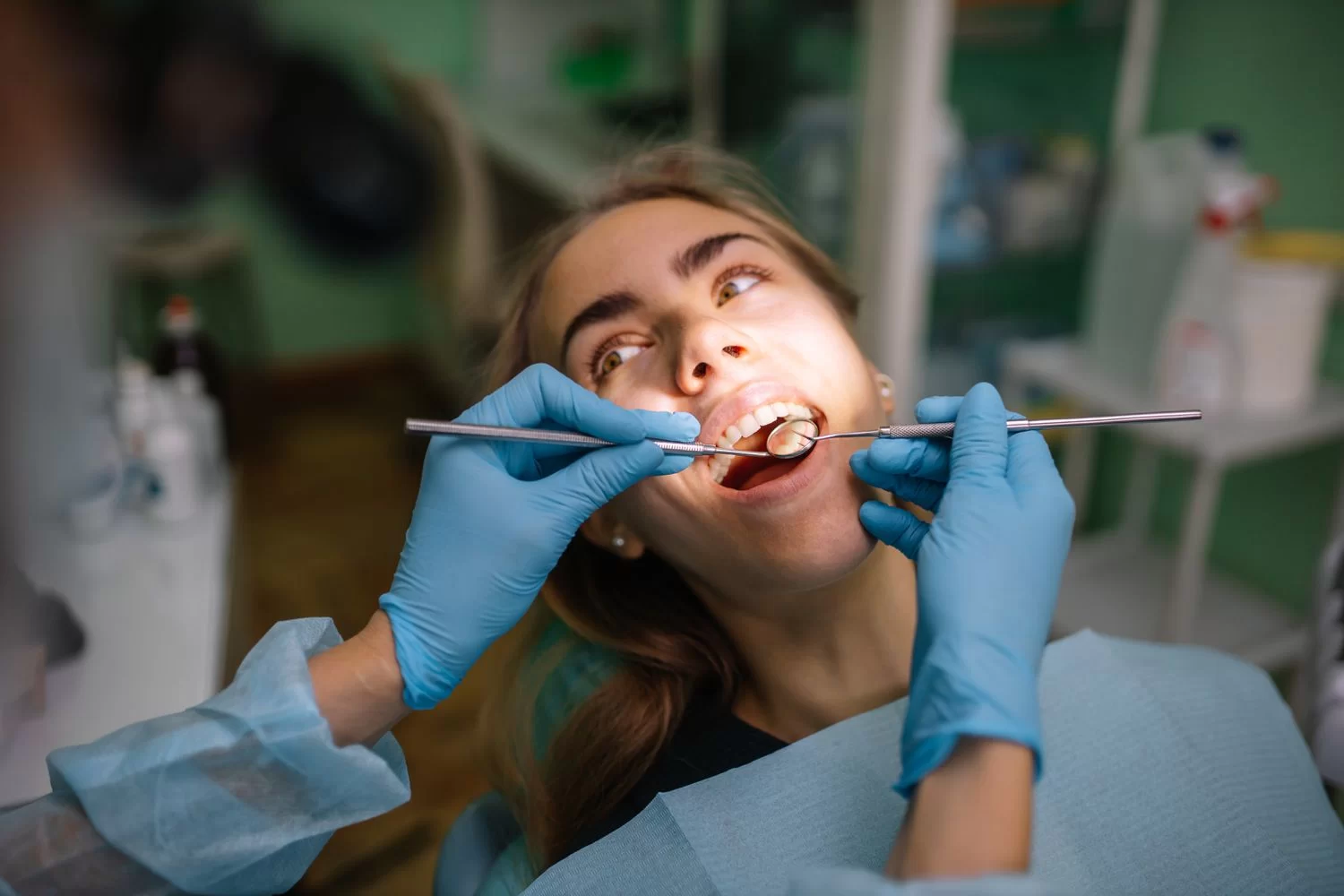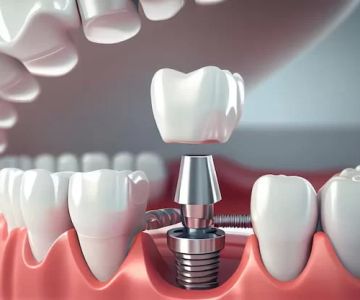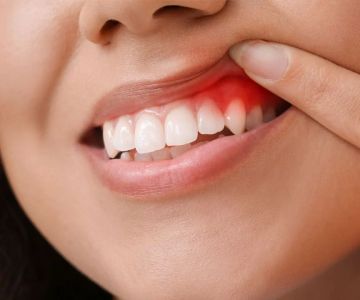
What Are the Out-of-Pocket Costs for Dental Procedures?
- Understanding Dental Costs
- Factors Affecting Dental Costs
- Common Dental Procedures and Their Costs
- How Dental Insurance Impacts Costs
- Tips for Managing Out-of-Pocket Dental Expenses
1. Understanding Dental Costs
Dental care is essential for maintaining overall health, but it can be expensive, especially when it comes to certain procedures. The term "out-of-pocket costs" refers to the portion of your dental bill that you must pay yourself, after accounting for any insurance coverage. These costs vary depending on the procedure, your location, and whether you have dental insurance. Understanding how dental costs work is key to managing and planning for these expenses, especially when unexpected procedures arise.
2. Factors Affecting Dental Costs
There are several factors that influence how much you'll pay out of pocket for dental procedures. Here are some of the key factors:
- Location: Dental fees can vary significantly depending on where you live. Urban areas tend to have higher costs than rural areas, due to overhead and demand.
- Type of Procedure: Basic dental services, like cleanings, are generally inexpensive, while more complex treatments such as root canals, crowns, or implants can be much pricier.
- Insurance Coverage: Your dental insurance plan and its level of coverage can greatly affect out-of-pocket expenses. Some plans cover only a portion of major procedures, leaving you to pay the rest.
- Dentist’s Experience and Reputation: Highly experienced or specialized dentists may charge more for their services due to their expertise.
3. Common Dental Procedures and Their Costs
The costs for dental procedures can vary widely, but here are some estimates for common treatments that you may encounter:
- Routine Cleanings: A basic cleaning usually costs between $75 and $200, depending on your location and whether you have insurance coverage.
- Fillings: The cost of fillings can range from $100 to $500, depending on the type of filling (amalgam, composite, etc.) and the size of the cavity.
- Root Canal: A root canal procedure can cost anywhere from $500 to $2,000, depending on the tooth involved and the complexity of the procedure.
- Crowns: Dental crowns typically cost between $800 and $2,000 per tooth, depending on the material used (porcelain, metal, or a combination).
- Dental Implants: The cost of dental implants can be significant, with prices ranging from $1,500 to $6,000 per implant, including the crown and abutment.
4. How Dental Insurance Impacts Costs
If you have dental insurance, it can help reduce the out-of-pocket costs for dental procedures. However, it’s important to understand what your insurance covers:
- Preventive Care: Most dental insurance plans cover preventive care, like cleanings, exams, and X-rays, at 100%. This means you typically won’t pay anything out-of-pocket for these services.
- Basic Procedures: Many plans cover 70-80% of the cost of fillings, extractions, and other basic procedures, with the remaining 20-30% being your responsibility.
- Major Procedures: For more expensive treatments, such as root canals, crowns, or implants, insurance may cover 50% of the cost, leaving you to pay the rest.
- Annual Maximums: Most dental insurance plans have an annual maximum, which limits how much the insurance company will pay each year. If you exceed this amount, you’ll be responsible for the rest of the costs.
Understanding your dental insurance plan and its limits can help you plan ahead and minimize unexpected out-of-pocket expenses.
5. Tips for Managing Out-of-Pocket Dental Expenses
Managing out-of-pocket dental costs can be challenging, but there are strategies you can use to reduce financial strain:
- Use a Flexible Spending Account (FSA) or Health Savings Account (HSA): These accounts allow you to save money tax-free for medical and dental expenses, helping you pay for treatments with pre-tax dollars.
- Shop Around: Don’t be afraid to compare prices for procedures at different dental offices. Costs can vary significantly depending on the dentist and location.
- Payment Plans: Many dental offices offer financing options or payment plans for major procedures, making it easier to spread out the cost over time.
- Preventative Care: Invest in preventive care to avoid costly treatments later on. Regular check-ups and cleanings can help prevent cavities, gum disease, and other issues that require expensive procedures.
If you're looking to learn more about managing your dental expenses or to get a better understanding of what treatments you may need, visit Dentistry Toothtruth for expert advice and helpful resources.







 Springfield Dentures and Implants4.0 (69 review)
Springfield Dentures and Implants4.0 (69 review) Levine Orthodontics5.0 (206 review)
Levine Orthodontics5.0 (206 review) Green Tree Dental4.0 (58 review)
Green Tree Dental4.0 (58 review) Zhihao You, DDS, MS, PhD0.0 (0 review)
Zhihao You, DDS, MS, PhD0.0 (0 review) Glenn S. Ludwig, DMD5.0 (5 review)
Glenn S. Ludwig, DMD5.0 (5 review) Dental Kidz Club - Corona4.0 (186 review)
Dental Kidz Club - Corona4.0 (186 review) The Importance of Oral Health Education During Pregnancy for a Healthy Pregnancy
The Importance of Oral Health Education During Pregnancy for a Healthy Pregnancy Best Tips for Brushing Your Teeth Properly for Healthy Gums: Essential Techniques for Oral Health
Best Tips for Brushing Your Teeth Properly for Healthy Gums: Essential Techniques for Oral Health Why Skipping Dental Checkups Can Lead to Bigger Oral Health Problems
Why Skipping Dental Checkups Can Lead to Bigger Oral Health Problems Advantages of Porcelain Dental Restorations
Advantages of Porcelain Dental Restorations How Can Diabetes Cause Tooth and Gum Problems? Preventing and Managing Oral Health Issues
How Can Diabetes Cause Tooth and Gum Problems? Preventing and Managing Oral Health Issues Healthy Habits for Promoting Good Oral Health and Hygiene: Tips for a Healthy Smile
Healthy Habits for Promoting Good Oral Health and Hygiene: Tips for a Healthy Smile